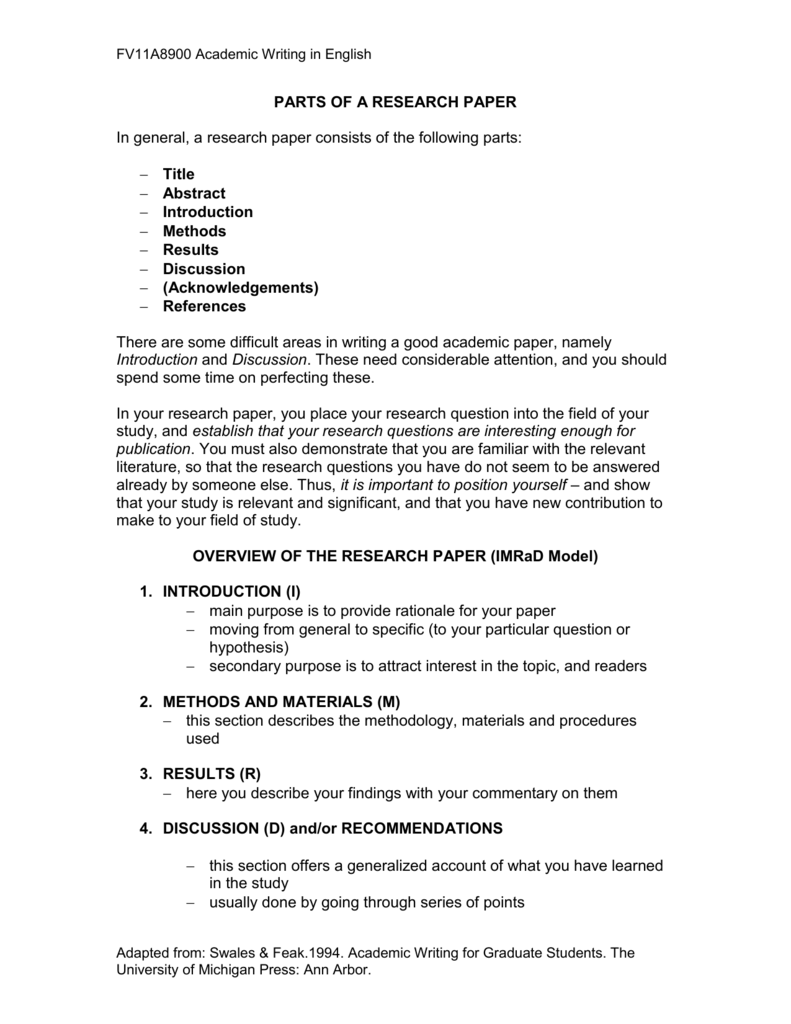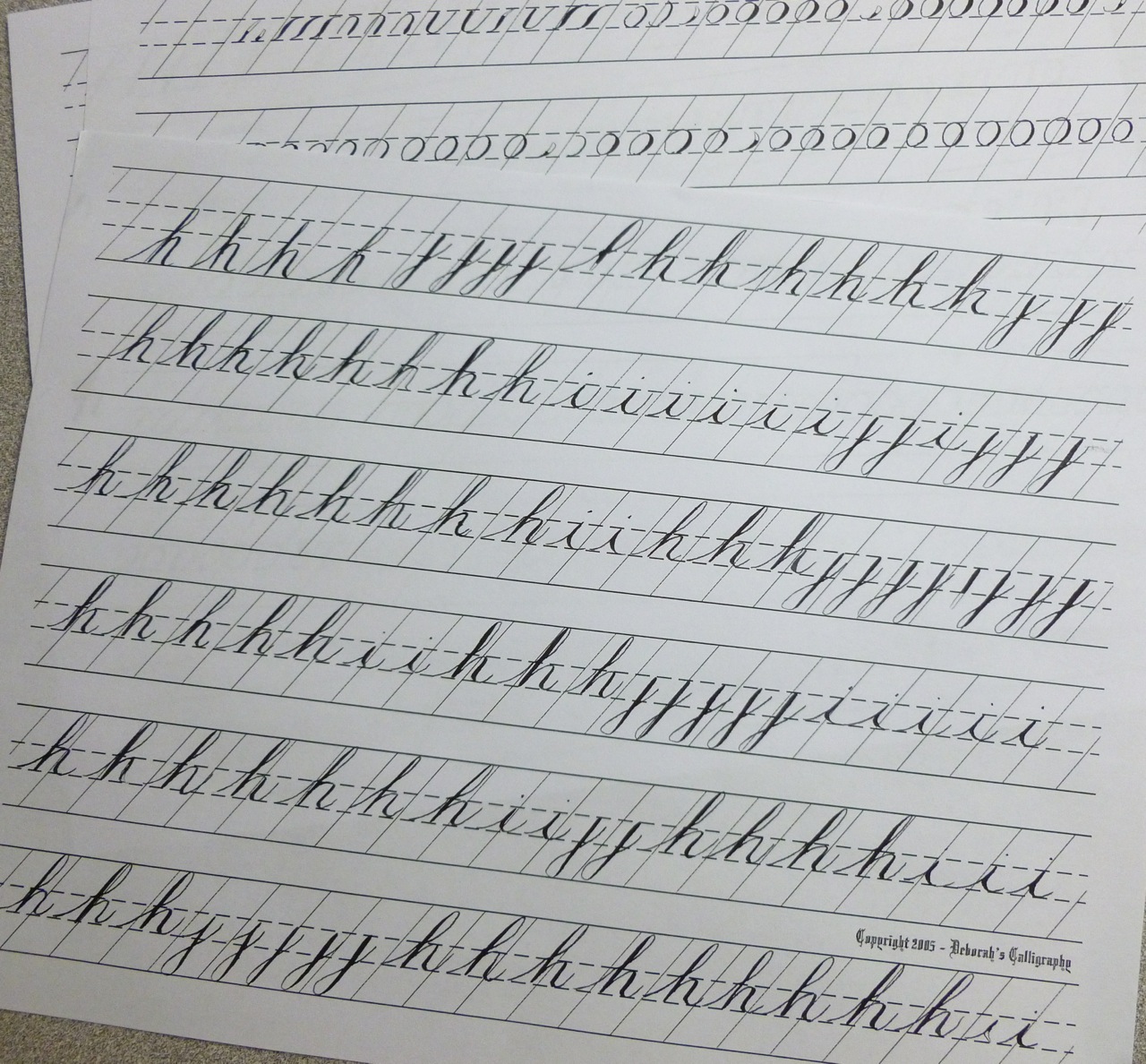The results section of a research paper should include all data that supports your hypothesis elaboration. It should also include any interesting and unusual correlations among variables, such as a strong or weak correlation. But be careful to avoid postulating, which belongs in the discussion section. Too much information in this section can muddy your findings. The table of results may be sufficient. Refer to it within the text.
Structure
The results section of a research paper should include text, figures, and tables. It should tie into the conceptual model and the order of the tables and figures. Organize the data as quickly as possible. Arrange the data by category and type; the data should be interpreted, not just recited. Organize your data into sub-sections if it is difficult to organize it. The results section should follow a chronological, logical order.
The results section should be written in the past tense. Passive voice tends to weaken the power of language and makes the sentence longer. Use the active voice when possible. Verbal phrases, which are grouped together, reduce the number of words needed. Don’t use passive voice when describing your data. The passive voice can be difficult to follow in a research paper. Always use active voice when describing your findings.
Function
The results section of a research paper should explain what happened in the study. It should give the sequence of events, quantities of observations, and causality. For example, if the study used an animal, you should not include the details of the animals in the results section. But if you did not use animals in your study, you may summarize the results in a few sentences. But other types of studies can be less conventional, as long as they provide some information about what happened.
The results section should be concise, and should focus on the most relevant information. It should point out any points that are unclear, and should act as a gateway to the discussion section. It should also include any findings that do not support the main ideas of the paper. It should be clear to the reader that the results section is not the end of the paper. If necessary, add a concluding paragraph if you have one.
Tables
In the Results section, do not repeat data that is already included in tables or figures. Focus your Discussion on the findings that are the most important and highlight the importance of those results. Also, don’t repeat background information and methods, or several sentences about how your study came to be. You can include such information in the Introduction. Moreover, you can also include a paragraph or two to explain the methodology and explain how it was conducted.
Titles of tables in the results section of a research paper should give the reader a sense of what they’re looking at. Make sure to provide a brief but clear description of what’s in each table. The title of the table should provide the reader with the demographics of the study population and whether or not different columns present specific characteristics of the study population. The title should also give readers a sense of the analytical method used to draw the findings.
Figures
A good results section includes the key findings of your research. It should not be merged with the discussion section, except if it is specifically required by the journal. Another common mistake is starting to write the results section before you have finalized the data. This is a major mistake and will result in a poorly written paper. The results section should be well written and include all relevant data, even if the conclusions you’ve drawn don’t confirm your original theories.
Figures and tables should be numbered according to the order in which they appear in the main text. They should be self-explanatory and provide all the information and definitions needed for the reader to understand the results. The figures and tables should clearly tell the story of the research and not repeat the findings found in the text. While figures can be helpful, they should not be used to replace the text.
Passive voice
There are two primary types of writing in the results section of a research paper: active and passive. Active voice is easier to read and retains the focus on what the author is doing, while passive voice obscures the agent of the action. Passive voice is less effective in research papers and should only be used sparingly. Journal reviewers will not give feedback if the author uses passive voice.
While the passive voice is conventionally used in biomedical texts, it can actually hinder readability. The researchers tested this hypothesis by using students in the second year of a chiropractic college. Participants had completed one year of extra study in human biology, as well as a yearlong course on critical appraisal of research literature. The texts presented in the study were representative of those students’ reading material. Therefore, passive voice in the results section of a research paper can be a good option for many researchers.
Organization
In the results section of your paper, you need to present the results of your research. The results should tie into the conceptual model and the sequence of tables and figures. Organize your data as soon as possible and put it in a logical order. A good strategy is to list key results on drafts of tables and figures. If you are writing a longer paper, you can also include supplemental material in an appendix.
While describing the sequence of events, the results should not be a dump of numbers. Instead, they should be presented sequentially and clearly, with the interpretation of their meaning left for the Discussion section. You should avoid using descriptive text as the sole means to present your results. Use tables and figures to present your results. The results section should also include the quantitative data collected and analyzed, so that readers will be able to make sense of your findings.




